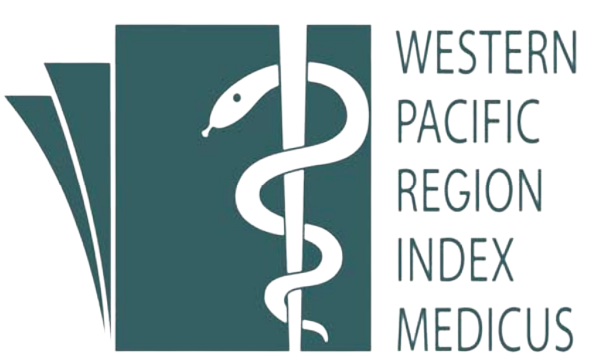Abstract
Objective: The study aimed to determine the prevalence of prolonged QTc interval in hypertensive patients and investigate its relationship and correlation with left ventricular hypertrophy and left ventricular ejection fraction (EF) in hypertensive patients. Subjects and Methods: This study is a cross-sectional descriptive study. The subjects were patients admitted to the Cardiology Department of Hue University of Medicine and Pharmacy Hospital from February 2020 to February 2021, diagnosed with hypertension according to the VNHA 2018 guidelines. The patients were divided into two groups: Group 1 with prolonged QTc and Group 2 with normal QTc. Prolonged QTc was defined as QTc >450ms in males and >460ms in females. All patients underwent echocardiography to assess left ventricular hypertrophy and left ventricular ejection fraction (EF), and comparisons were made between the two groups. A p-value <0.05 was considered statistically significant. Results: A total of 133 patients were included in the study, with males accounting for 50.4%. Among them, 41 cases (30.8%) had a prolonged QTc interval, while 92 cases (69.2%) had a normal QTc interval. Patients in the prolonged QTc group had significantly lower ejection fraction and fractional shortening (Fs), higher left ventricular mass index (LVMI), and greater end-diastolic volume (EDV) and end-systolic volume (ESV) compared to those in the normal QTc group. QTc was negatively correlated with EF and Fs and positively correlated with ESV and Ds. Furthermore, the prolonged QTc group had a higher prevalence of heart failure, with statistically significant clinical symptoms of heart failure such as edema, dyspnea, and tachycardia. Conclusion: The study indicates that prolonged QTc interval has a relatively high prevalence among hypertensive patients. Prolonged QTc is associated with left ventricular hypertrophy and left ventricular ejection fraction in hypertensive patients.
| Published | 2024-12-25 | |
| Fulltext |
|
|
| Language |
|
|
| Issue | Vol. 14 No. 6 (2024) | |
| Section | Original Articles | |
| DOI | 10.34071/jmp.2024.6.28 | |
| Keywords | QTc interval; hypertension; left ventricular hypertrophy; left ventricular ejection fraction |

This work is licensed under a Creative Commons Attribution-NonCommercial-NoDerivatives 4.0 International License.
Copyright (c) 2024 Journal of Medicine and Pharmacy






